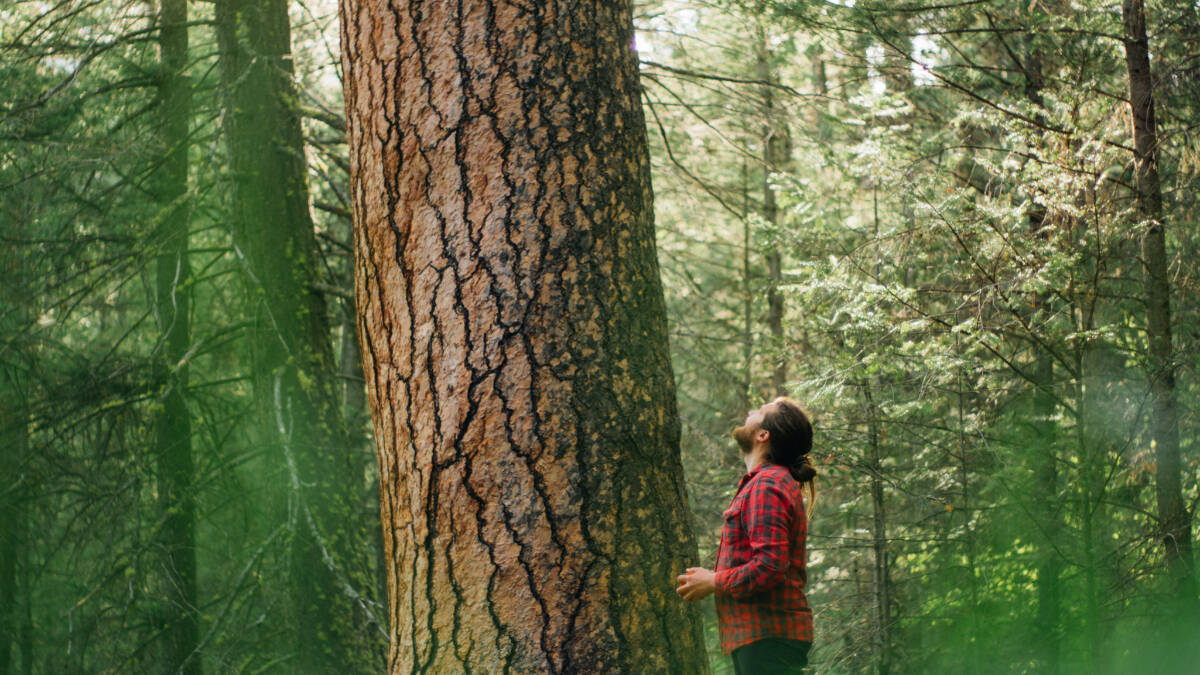B.C’s old-growth forests are among the most carbon-rich locales in the world and Kootenay residents don’t have to journey far to see them.
Wildsight Society, an environmental organization based out of Kimberley, is offering public tours of these areas this month.
Seven tours will be held in the coming weeks, starting with Golden and Creston on June 10, and followed by Invermere and Nelson on June 11, Cranbrook and Kimberley area on June 17, Fernie on June 18 and Revelstoke on June 25.
Conservation specialist Eddie Petryshen will talk about the current state of the forests and what can be done to protect them.
“These old-growth eco-systems are super important for carbon. They’re important for fresh water … Our water, our fish populations, our rare plants, our caribou populations. All of those values are directly dependant on old growth,” said Petryshen
Most hikes span a distance of one to three kilometres, although the Cranbrook/Kimberley hike is three to four. Each tour includes different tree species, mainly cedar, hemlock, douglas fir and ponderosa pine.
Those who sign up for the Nelson and Revelstoke trip are encouraged to wear long pants to protect against thorny and prickly undergrowth.
The Cranbrook/Kimberley and Nelson trips require high-clearance vehicles to access the tree site. In Nelson, a portion of the tour will be off-trail.
Participants will convene at a predetermined meet-up point and carpool to the site. Dogs are not allowed on the tour.
READ MORE: All talk, no action on old growth protection says Wildsight
To qualify as old-growth, forests must be over 250 years old in coastal and inland temperate rainforests and over 140 years old in dryer mountain regions like the Kootenays. Various structural complexities are specific to old-growth such as the massive size of the trees, the presence of standing dead trees, broken top-trees, and distinct gnarly limbs and burls.
According to Petryshen, old-growth trees in the Pacific Northwest account for 41 per cent of the area’s above-ground carbon. This important habitat has been threatened by logging. Last year, 40,000 hectares of old-growth forest in B.C were logged and forests are only 10 per cent as large as what they would have been historically.
“Once you get below 30 per cent you’re in a really high-risk scenario,” Petryshen explained in reference to disappearing forest.
Petryshen advocates for making old-growth forests off-limits to loggers.
“Other places have done that [put an end to logging] 20 to 30 years ago and we’re quite behind the ball. The Pacific Northwest in the U.S did it with the Northwest Forest Plan in the 90s. Western Australia did it in the early 2000s. New Zealand, early 2000s … We’re one of the last jurisdictions in the developed world logging these old and ancient stands.”
An independent study known as the Old Growth Strategic Review, which outlines recommendations on forest protection, was released three years ago. Although the provincial government has committed to bringing about these changes, Petryshen doesn’t think it’s moving fast enough.
“We have a province that has committed to protecting old-growth and protecting really special places. We’ve heard some really encouraging things. The words need to met with action.”
To register and find out more information visit wildsight.ca or e-mail eddie@wildsight.ca.
@gfrans15
newsroom@thefreepress.ca
Like us on Facebook and follow us on Twitter.
